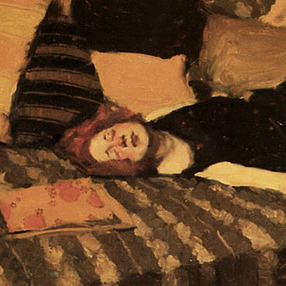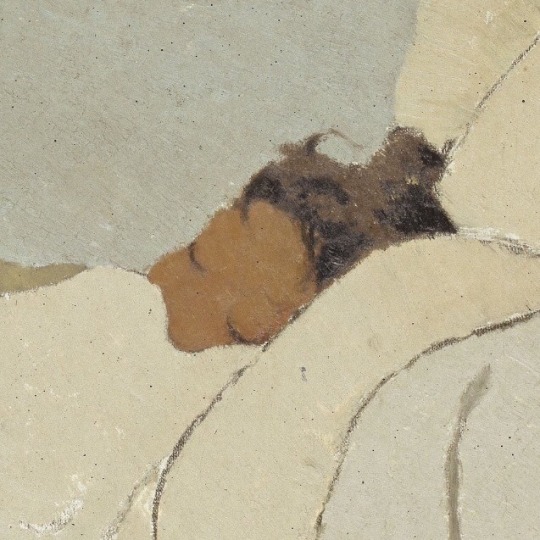Hekate, Isis and Hermes devotee. Just a girl who likes art and fashion history 🔮🎴📜 ESP/ENG
Don't wanna be here? Send us removal request.
Text
On Veils

If I had to choose only one piece of accessory, bearing in mind that all the others would disappear from the face of the Earth, I would have to choose veils.
Weird, right? Veils have strong religious connotations. My grandmother, born in a Catholic majority country, used veils to go to church, but that practice had already faded when she went to have her second and third child.
Who doesn't love a strong and fierce woman?


left: Majas on a balcony, Goya (private colection) right: Spanish actress Carmen Sevilla
Throughout the course of history, veils have been a really important piece of a lady´s wardrobe. Before the Ancients Greeks and well after Goya painted this Majas on a balcony, in 1812 ; in many different styles, colors and fabrics -depending on the century and location- veils were fashion staple.
It was, yeah, a clear sign of status and modesty. However, they were also used to protect your hair when you were going about your day, and as such, were used by all social groups -more or less, depending on the era-.

The Magdalen Reading, Roger Van der Weyden, 15th century.
To me, veils read as one of the most classic accessories. Obviously, you can't go out in the real world looking like a medieval nun or a Greek priestess, but I've found my way to make it work.
Use scarfs! Particularly in winter, I use scarves all the time covering my head. Just like hats and short skirts for men -I see you, Renaissance- veils are no longer seen frequently, which is just such a shame!


4 notes
·
View notes
Text

Bodice
c. 1892-1894
made by Henriette Et Marie
Victoria and Albert Museum
363 notes
·
View notes
Text
The other day while walking I casually looked into a window and saw a room full of christmas decorations. On a couch a woman helping an older lady sit straight while laughing and looking at each other with such tenderness. And I don't know why but it meant so much to me, being able to presence a tiny bit of their everyday life. For a second I felt like if these two strangers can share this sweet moment, maybe everything will be okay, maybe people are made to experience pain and sorrow but above all, love
7 notes
·
View notes
Text
BOTH bc i can't do anything right apparently
pick your poison LMAOOO

31K notes
·
View notes
Text

ab. 1893 Scrap album fancy dress by Madame Gough, London (court dressmaker), Sarah Ann Gough (designer)
silk, cotton, linen, paper, glue, metal (fastening), wood, leather, baleen, wax, paint
(National Gallery of Victoria, Melbourne)
3K notes
·
View notes
Text
Vale llega un punto en el que lo que pasa es que no puedo vivir sin tener ESTO

Gold earrings with glass beads, pearls, and sapphires, Byzantine, 5th-6th century AD
from The Benaki Museum, Athens
2K notes
·
View notes
Text
prefiero añorar un amor que nunca tuve a sufrir uno que se supone que debería estar teniendo
2 notes
·
View notes
Photo

Luigi Mussini (German-born Italian, 1813-1888) Painting portraying maydens in a pompeian bath, 19th century
386 notes
·
View notes
Text
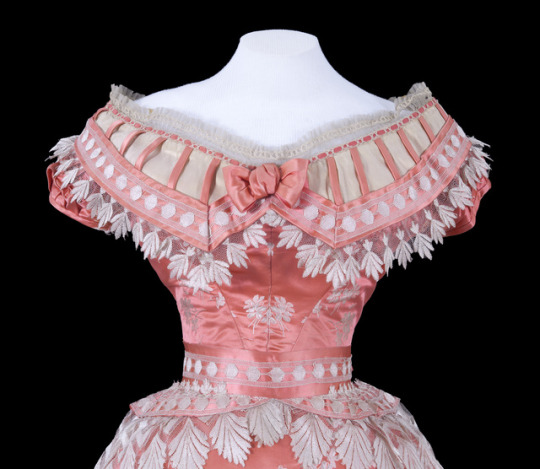

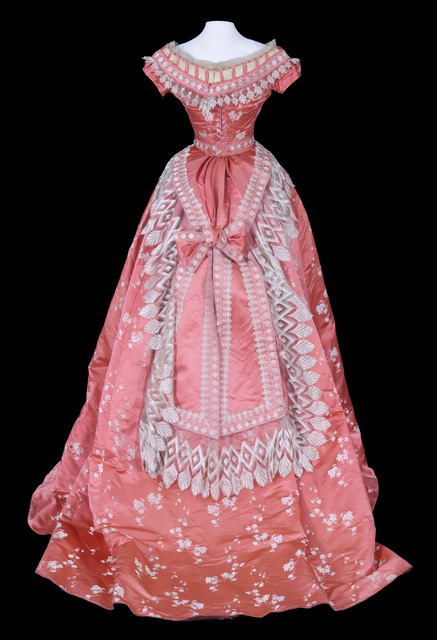
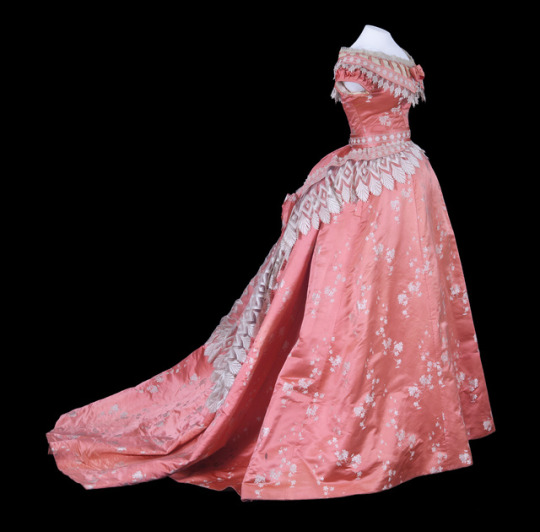
Two-piece silk evening gown
c. 1865-1869
pink and white silk brocade evening gown made in Paris, France in the 1860s
Minnesota Historical Society
4K notes
·
View notes
Text
Idea from @caylachildofhades
I'm a Hermes devotee, if course I have to try not to nervous smile/laugh when something bad happens
I'm a Hermes devotee, of course I love writing letters
I'm a Hermes devotee, of course I'm reading 40 different books at once
I'm a Hermes devotee, of course I'm learning multiple languages
I'm a Hermes devotee, of course I can run in heels
I'm a Hermes devotee, of course everyone gossips to me
I'm a Hermes devotee, of course I'm always the mediator
I'm a Hermes devotee, of course I love to travel
I'm a Hermes devotee, of course I love academia aesthetics
I'm a Hermes devotee, of course my ideal dates are picnics and museums
I'm a Hermes devotee, of course I love telling people good news
I'm a Hermes devotee, of course people always make me deliver the bad news too
I'm a Hermes devotee, of course I'm always full of energy
103 notes
·
View notes
Text
I LIVE for art. Like really. Do I breathe and eat art? Almost. What should I do in this economy? 😭😭
3 notes
·
View notes
Text

Terracotta vase decorated with a beautiful painting. Colors are incredibly preserved. From Sicily, 2nd Century
Metropolitan Museum of Art
Photo: © Ozymandias (Flickr)
2K notes
·
View notes
Text
ALSO we've been robbed how is not the new live action snow white just a brunette jean harlow?
0 notes
Text
how I can see Snowing White absolutely wearing this is how I know it's from the 30s


Evening dresses, 1930s-40s.
1K notes
·
View notes
Text

Alice White, 1930s
In 1958, White said about Marilyn Monroe's wiggle-walk, "I did it first."
108 notes
·
View notes
Photo
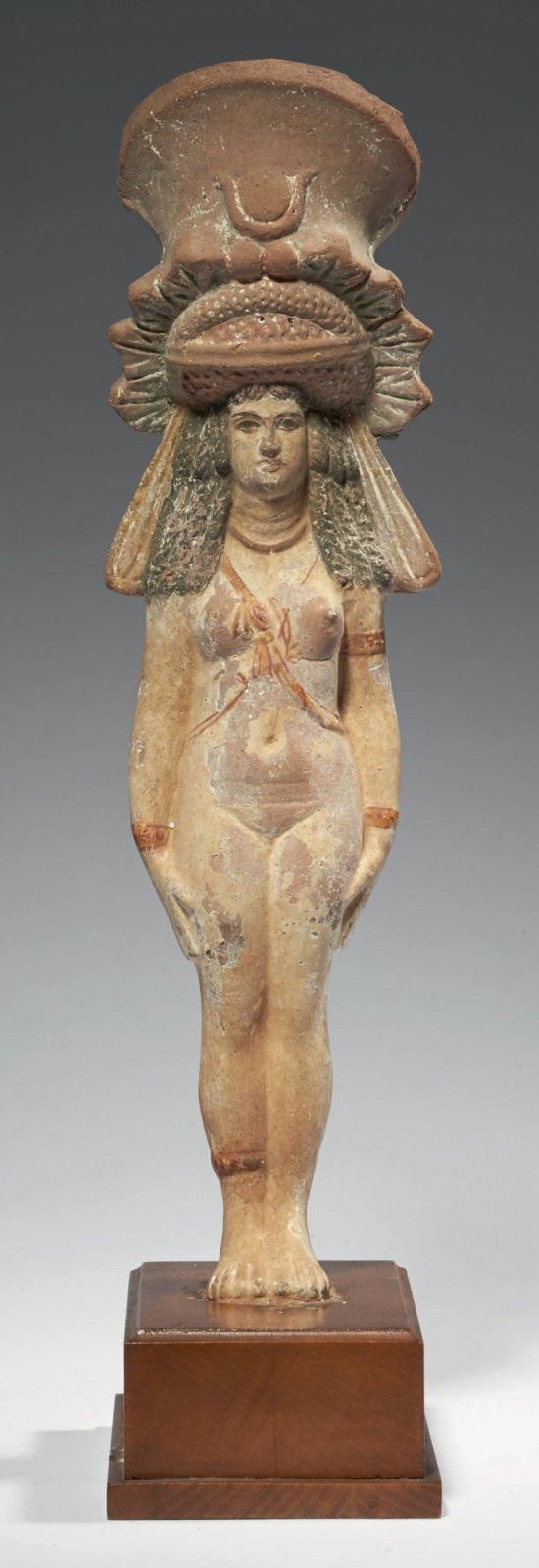
STATUE REPRESENTING THE GODDESS ISIS-APHRODITE.
She is naked, standing with arms along the body, wrists adorned with bracelets, arm and ankle, and ribbons on his chest. Her hairstyle, made of long strands, is topped by a large crown topped with a vegetable basket with the disc between the horns.
Polychrome terracotta.
Egypt, Roman Period
I-III centuries.
H. 34 cm
via > pba-auctions.com
318 notes
·
View notes

